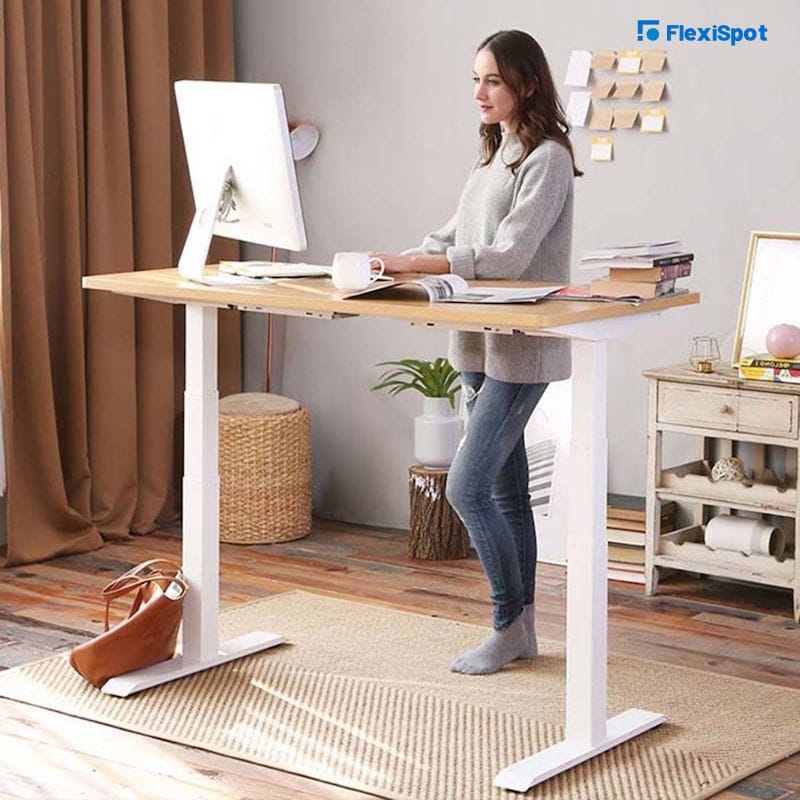Whatever you do in life, whether you spend your hours in a day working in an office or you're at home with your children and pets, whether you're traveling for leisure or working remotely, all of us need an approach on how to go about our day. Striving to be perfect, procrastinating, or multitasking gets in the way of productivity, so there must be a strategy in place to not get us stuck. Taking control of our schedules is the goal, but how does one do that exactly?
The likes of Elon Musk and Bill Gates can manage their time through the strategy they call "micro-scheduling." This means they would accomplish their tasks for the day every five minutes. This looks like breaking one's schedule into blocks of time will boost productivity for the average person.
How Time Blocking Works
Time blocking has been around for quite a while as a time management technique. It is also known as "monotasking" or "time chunking", which entails blocking off a period of time to finish a specific task.
To illustrate, an example would be designating a specific time of your day to check your emails, social media accounts, and returning phone calls. You won't be opening a notification every time it pops out because it's not your designated time to do so. Of course, you could make some exceptions to certain people, but ideally, you should be doing only one specific task for a specific block of time.
This means your day schedule has been broken down into blocks wherein you focus and finish each task one at a time.
By doing so, you can manage your to-do list and gain control over your daily tasks. The time blocking technique also helps you sharpen your focus and end procrastination. You'll get to check everything in your to-do list one by one and be proud of yourself at the end of the day that you were able to accomplish even just one task.
Why Multitasking Isn't Effective
Most often than not, people equate multitasking to productivity. Being able to do a lot of things well and all at the same time makes them proud. But this isn't the case. Studies have accounted that only around 2.5% are skilled at multitasking while the rest only believe that they are effective at it.
When you do more than one thing at a time--for example, you are taking a client call while writing a report---there is a high chance that you won't be completing these tasks to your optimal.
Moreover, research has also found that multitaskers are less productive, prone to distractions, more erroneous, and have lower retention ability.
When you also switch from one activity to another in an instant, the results are most likely going to be compromised. Even simple tasks become difficult for those whose attention is divided. You will do tasks better if your full attention is centered on them.
It's a myth that you accomplish more when you multitask. You will be accomplishing less because of your inability to focus which will drag out a task and take you longer to finish.
Using Time Blocking
When you feel like your creativity has hit a stone, then time blocking might just help you regain that energy. Focusing on one project at a time will make you give your full attention to it, which reduces mistakes and helps you look at what's still needed and what's already done. Here are some tips on how to practice time blocking:
1. Specify everything on your to-do list.
Before starting the week, you should already know what you need to accomplish for the day. List everything, even family dinners or commitments to friends. Take into account the telephone calls you need to take and the time it entails to finish preparing your meals.
Make sure to highlight the tasks that cannot be put off and must be completed for that week.
2. Know your priorities.
Taking off from our last point, prioritize the tasks that you highlighted in your list. Do not try to finish everything in a day, about two or three on your list is already enough. The tasks under your priority list will get premium time blocks in your schedule.
3. Create a blueprint for your day.
After you know your priorities for the day, dedicate time and how much of it you will allot for each specific task.
Create time blocks for the things you have to do every day such as prepare breakfast and take your kids to school.
The blueprint looks different for everyone. It's very much reliant on the nature of your daily life. Just remember to block off focused time for important tasks. Don't forget to allot time blocks as well for office meetings, doctor appointments, and travel time.
If you live a fast-paced life, then you might need a new blueprint every week. There is no one-size-fits-all blueprint for all, so do what will work best for you. Take hold of your schedule and adjust accordingly if something comes up from work or in your personal life.
4. Block off an entire day.
Start by blocking off time for your top priorities. You have to determine how long it'll take to finish that big task; for example, a client presentation due on Friday. If you think you need four hours of focused time to finish it, then you could divide the time into two days: two hours of writing on Monday and another two hours of putting it together in a presentation. You could add another hour on Wednesday, wherein you'll be double-checking your work. In this way, you can avoid cramming.
5. Be strict with your time.
No one can execute a planned schedule ideally, so be open to changes as you go about your week. If the unexpected thing that pops up is less important than your priority or is not urgent, resist the temptation to attend to it. Stick with your time-blocking schedule before you check it out.
To make it easier to stick with your schedule, let everyone know that you will be unavailable at a certain period of time. Don't allow yourself to be interrupted by co-workers, bosses, or family.
6. Invest in tools that will make you more alert and productive.
Using height adjustable standing desks instead of sitting desks will help your mind stay awake and focused on one task at a time. Your body is forced to have proper posture, and you are not tempted to fall into a slumber. Invest in ergonomic products that will reduce pain and help boost your productivity.



